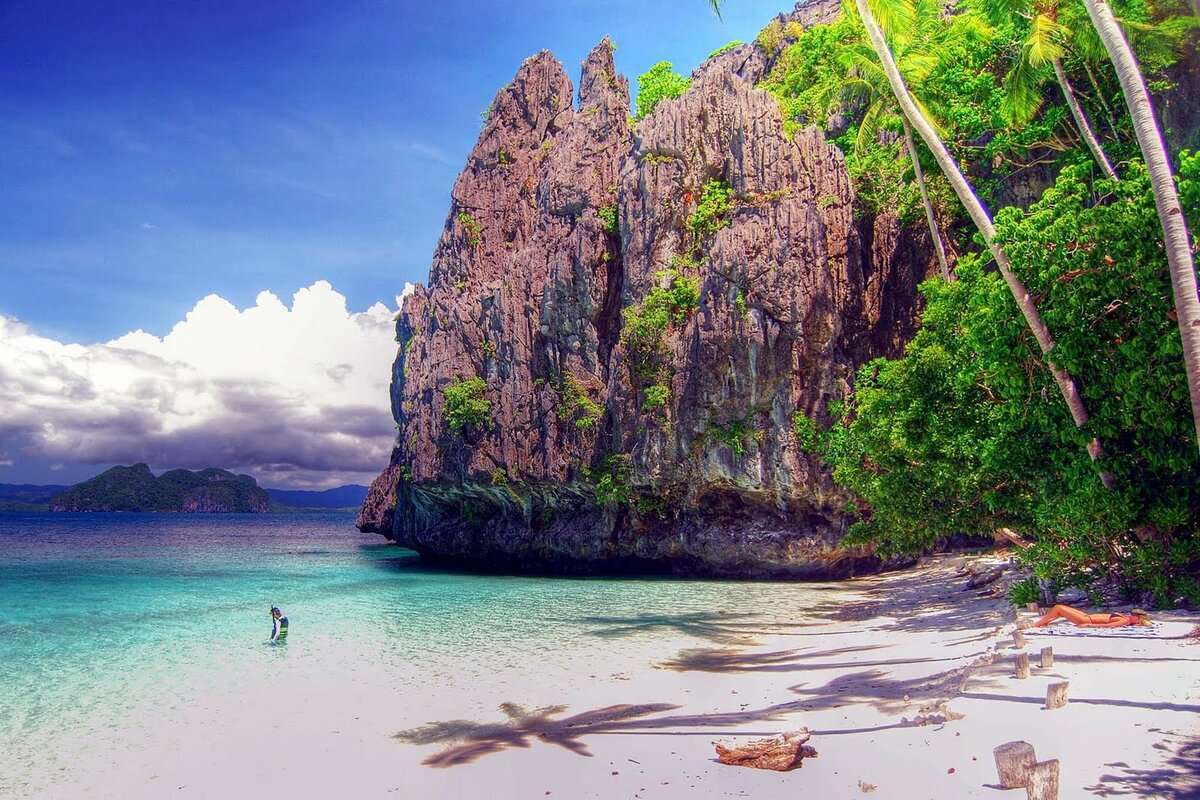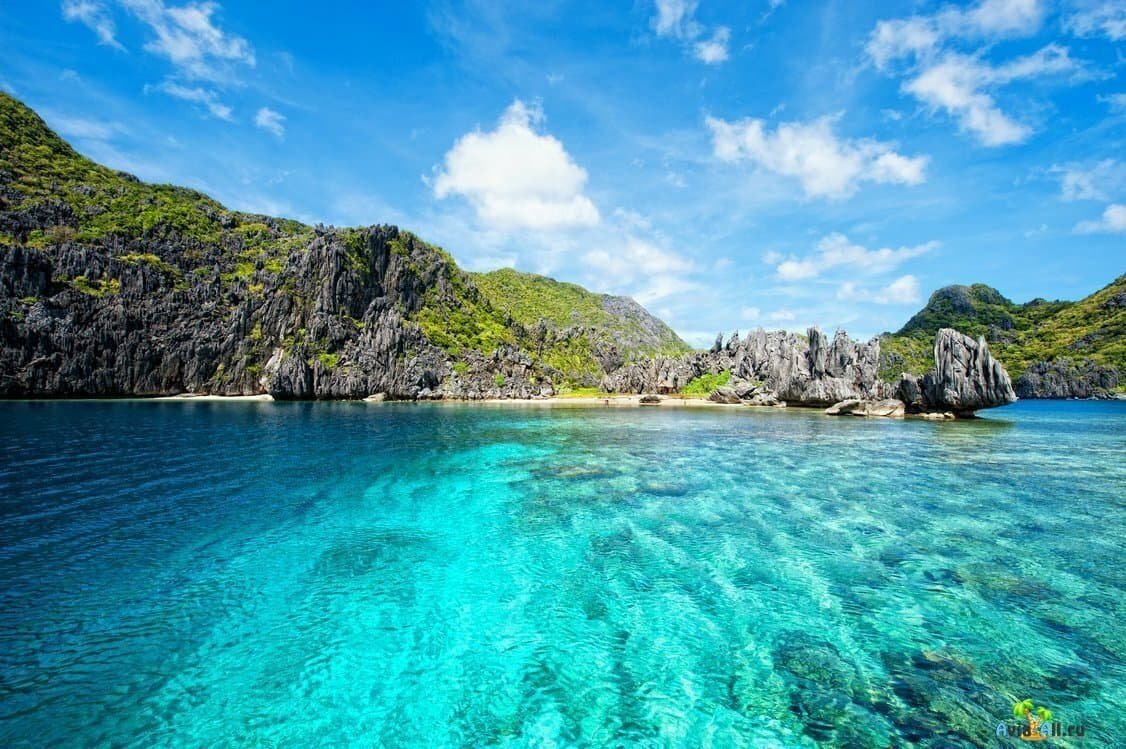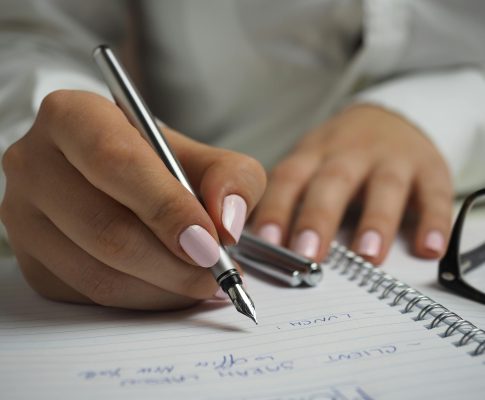The Philippines has a rich and varied history, reflecting the influence of many cultures and empires and https://lingvanex.com/translation/english-to-tagalog. In this article, we will look at a brief overview of Philippine history from the pre-Hispanic period to its present independent state.
Pre-Hispanic period: Before the Spanish arrived in the Philippines, the archipelago was inhabited by different ethnic groups who were mainly farmers, fishermen, and traders. Exchanges of goods took place between the Philippines and neighboring Southeast Asian countries, China, and India.
Spanish colonization (1521-1898): Ferdinand Magellan became the first European to reach the Philippines in 1521. In 1565, the Spaniards established the first permanent settlement in the archipelago and began active colonization and Christianization of the population. During the 333 years of Spanish rule, the Philippines introduced centralized administration, educational and religious institutions, and new cultural and technological influences.
Short-lived independence and American colonization (1898-1946): As a result of the Spanish-American War in 1898, Spain ceded the Philippines and https://lingvanex.com/translation/english-to-japanese to the United States. The Filipinos, led by Emilio Aguinaldo, declared independence from Spain, but the American government did not recognize it. Instead, the U.S. established its colonial authority over the archipelago. The Americans made significant changes in education, health care, transportation, and the Philippine economy.
independence from Spain, but the American government did not recognize it. Instead, the U.S. established its colonial authority over the archipelago. The Americans made significant changes in education, health care, transportation, and the Philippine economy.
Japanese Occupation (1941-1945): During World War II, the Philippines was occupied by Japanese forces. This period was characterized by heavy fighting, violence, and the suffering of the local population. In 1944 U.S. and Philippine forces began to liberate the archipelago, and by 1945 they were able to dislodge Japanese forces.
Independence and the postcolonial period (1946-n.d.): On July 4, 1946, the Philippines gained full independence from the United States and became the Republic of the Philippines. As a consequence, the country experienced many political, economic, and social changes, including a period of martial law under President Ferdinand Marcos, a popular revolution in 1986, and the subsequent restoration of democracy.
Current Challenges and Development: The Philippines currently faces a number of challenges, such as poverty, corruption, internal conflicts, and climate change. However, the Philippine government and people are working hard to improve education, infrastructure and the economy, as well as social equity and sustainable development.
In conclusion, the history of the Philippines is a complex web of cultures, traditions and influences, reflecting the uniqueness of this nation in Southeast Asia. Not surprisingly, the Philippines today is a diverse and dynamic country where many cultures and traditions coexist and interact to create the unique character of this nation.



